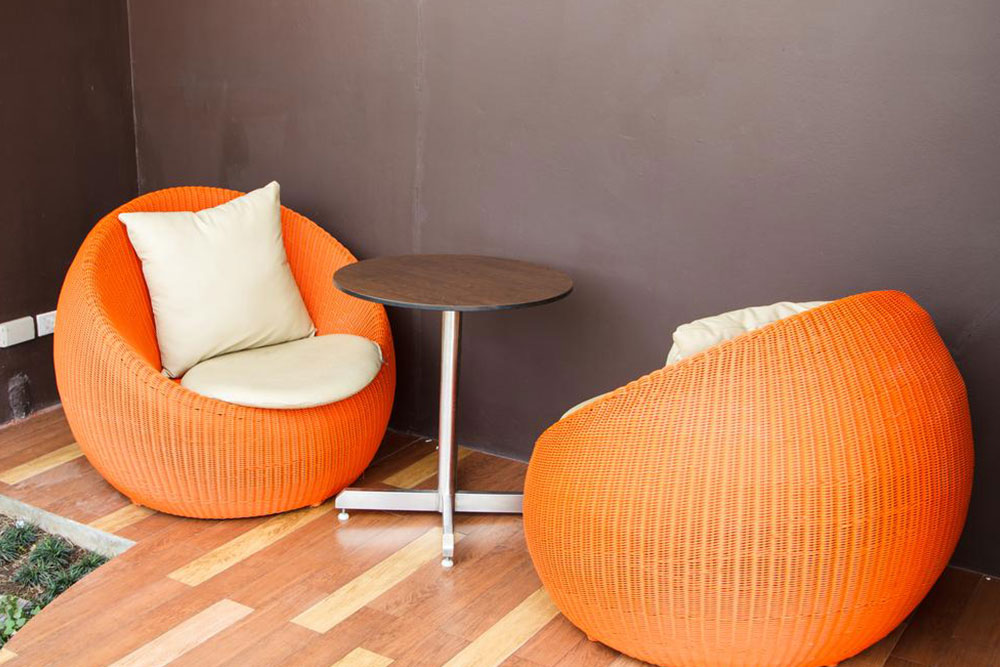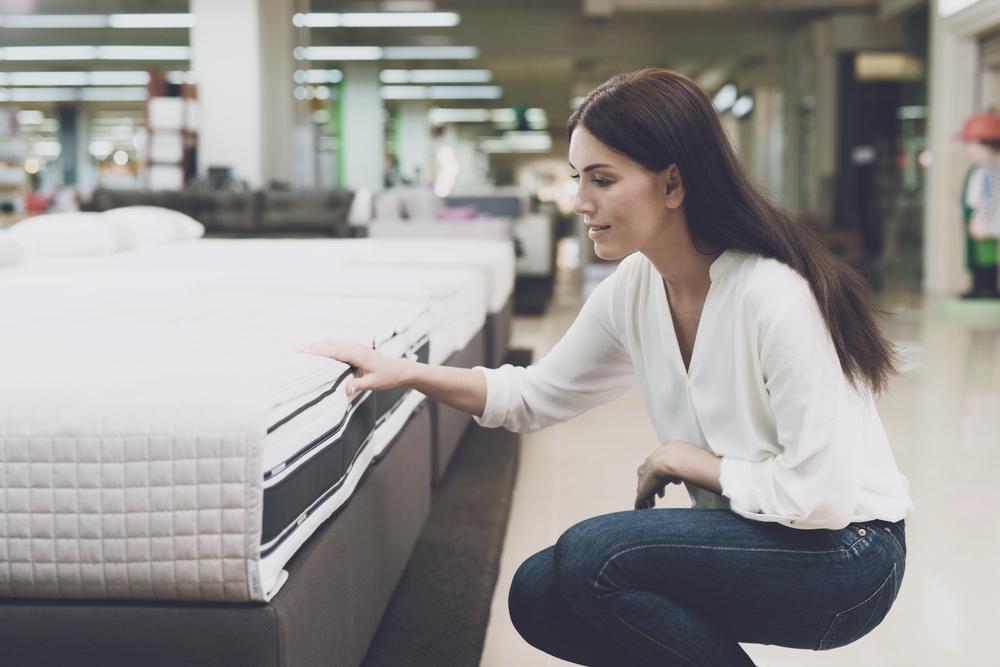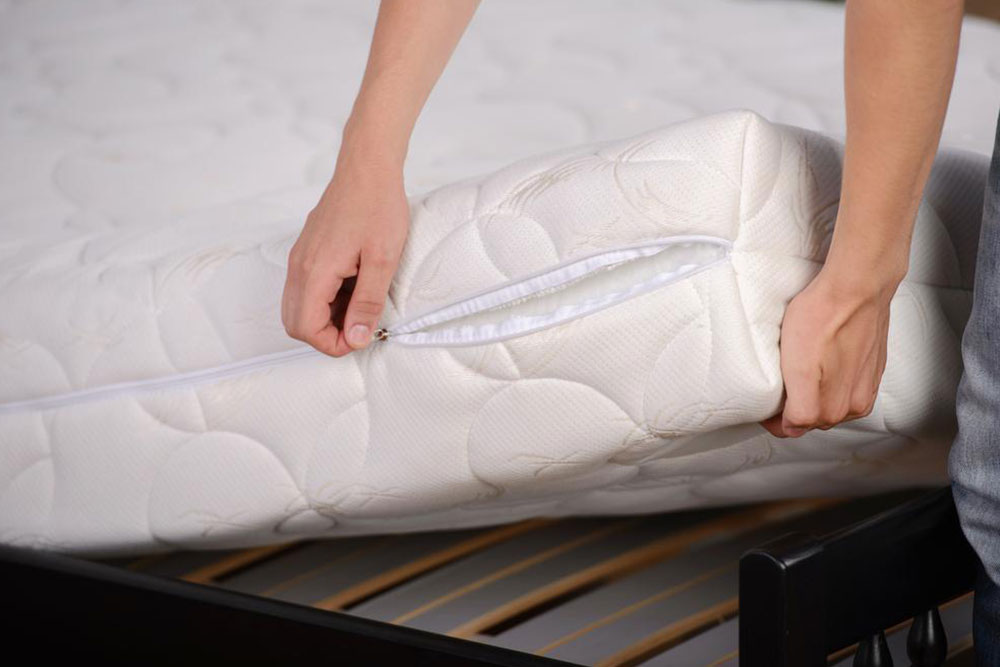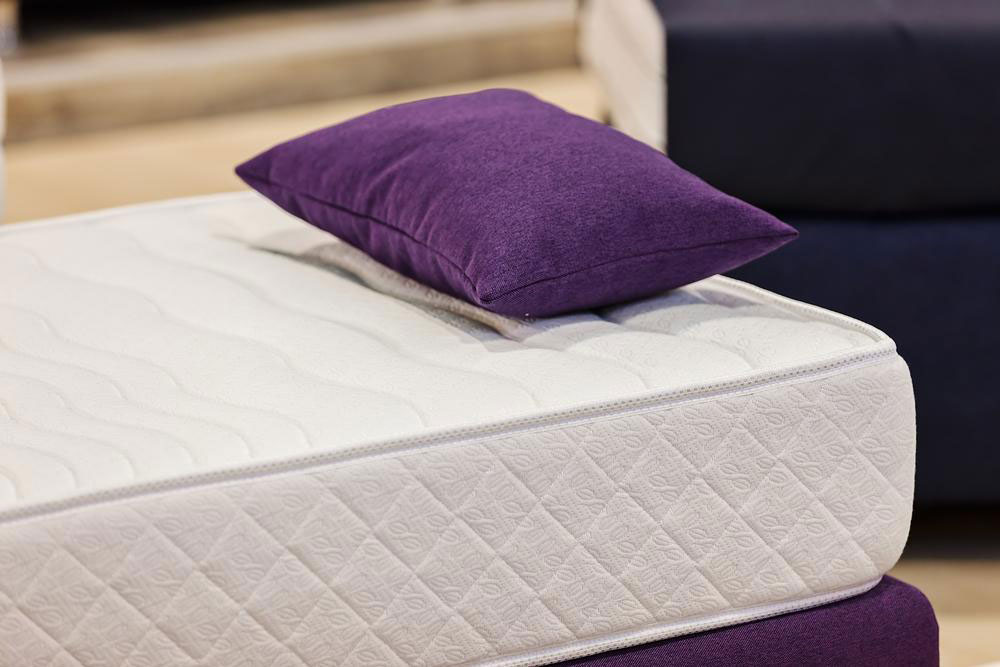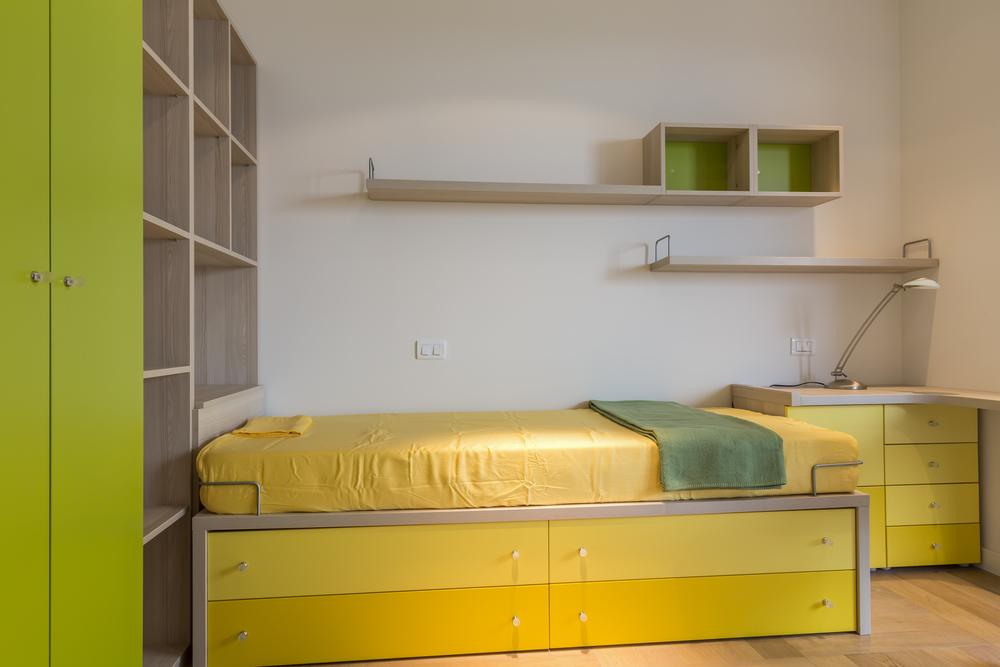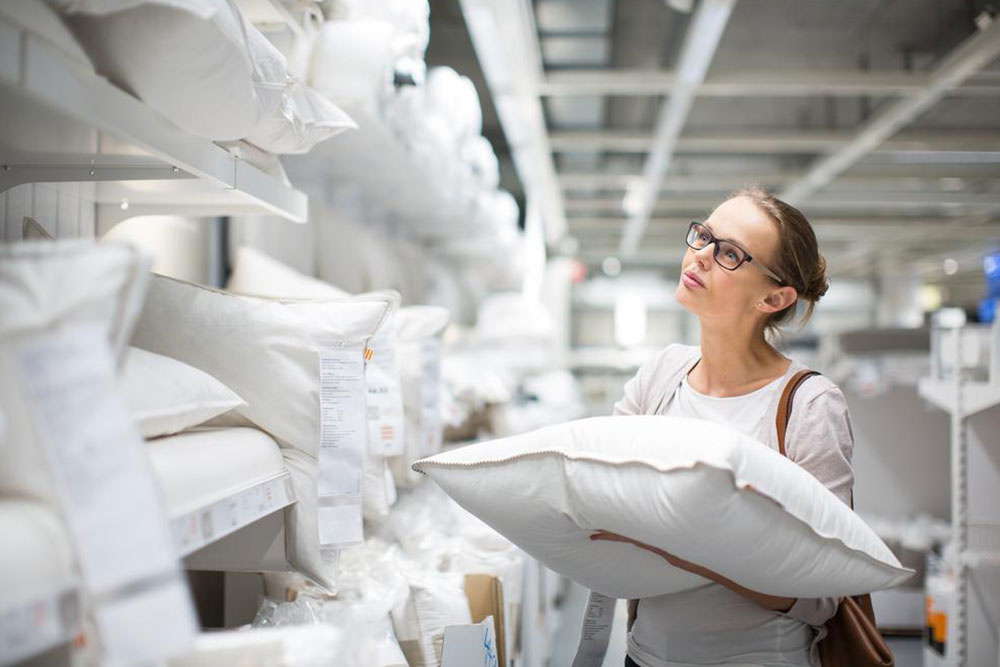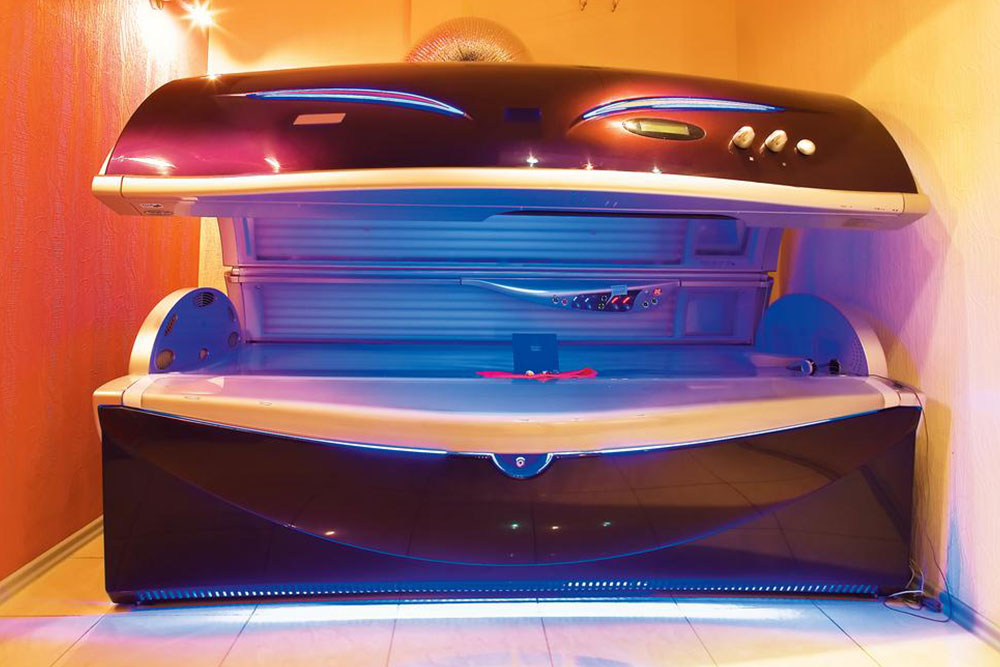Top Comfort-Enhancing Mattresses for Seniors’ Better Sleep
Discover the best mattresses designed for seniors to improve sleep quality and reduce discomfort. From medium-firm to memory foam, latex, waterbeds, and futon options, learn how to choose the right support based on individual needs. Key tips include selecting reputable brands, understanding material benefits, and avoiding common sizing mistakes. Proper mattress selection can prevent back pain, pressure sores, and enhance overall rest for older adults. Prioritize comfort, support, and durability to ensure healthier, more relaxing sleep for seniors.
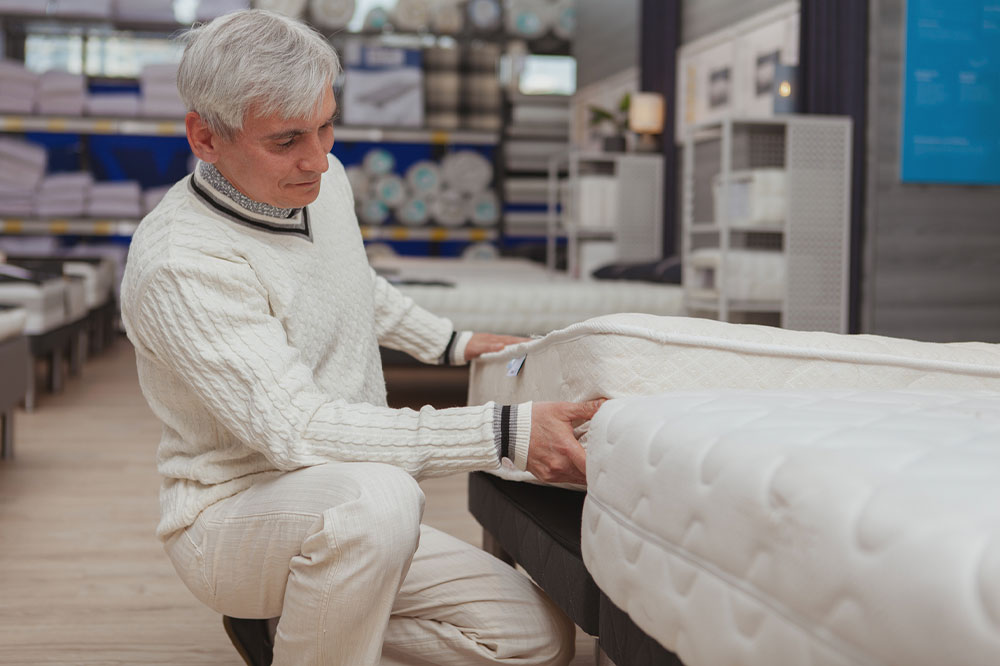
Top Comfort-Enhancing Mattresses for Seniors’ Better Sleep
Ensuring restful sleep for seniors is vital, especially for the back, which manages posture and movement. As age advances, spinal discs tend to dry out, necessitating extra back support. Choosing a mattress that offers optimal comfort and support can prevent pain and pressure point discomfort. Familiarity with various mattress types helps seniors make well-informed purchasing decisions, promoting healthier sleep patterns.
Ideal mattresses for older adults
Medium-firm mattresses
These beds offer a balanced firmness that reduces pressure on the spine, joints, and muscles, delivering both support and comfort. They're popular among orthopedic patients and are highly recommended for seniors seeking relief from back and joint discomfort.
Memory foam mattresses
Memory foam molds to the body’s shape instantly, providing personalized support and evenly distributing weight, which helps mitigate back pain. These mattresses are ideal for seniors with existing back issues, offering extra comfort and pressure relief.
Latex mattresses
Constructed from natural or synthetic rubber, latex mattresses are firm yet gentle, significantly reducing pressure on the back. They provide excellent support, making them a good choice for seniors seeking relief from pain and maintaining comfort during sleep.
Waterbed mattresses
Thanks to their fluid nature, waterbeds evenly distribute body weight and eliminate pressure points. They are beneficial for seniors with mobility concerns, easing pain from bed sores and providing stable back support.
Futon-style mattresses
Single futon mattresses are firm yet comfortable, preventing back strain. Look for models without sagging edges to ensure proper support. They enhance breathing ease, alleviate back pain, and offer firm edge stability, suitable for seniors aiming for restful sleep.
Air mattresses
High-quality air mattresses with alternating pressure features help reduce pressure ulcers by inflating and deflating cells to evenly distribute weight. They're especially useful in medical settings or for seniors with limited mobility, offering dynamic support to promote comfort.
Guidelines for choosing senior-friendly mattresses
Material, adjustability, and firmness: Select products made from comfortable, adjustable, and supportive materials. Proper firmness alleviates pain, while flexibility ensures customization for comfort.
Reputable brands: Research trusted manufacturers to compare features and prices, ensuring you find a cost-effective, high-quality mattress that meets senior needs.
Material knowledge: Understanding different materials helps in selecting a mattress that balances softness and firmness, providing adequate support and pressure relief.
Back health considerations: For seniors with joint or back problems, medium-firm to firm mattresses with contouring features are most beneficial. Ensure the mattress relieves pressure and supports proper alignment.
Common mistakes to avoid
Incorrect size selection: Choose a mattress based on height—larger sizes for taller individuals, smaller for shorter users—to prevent discomfort and promote restful sleep.
Ignoring body weight: Lighter individuals may prefer memory foam for better support, while heavier seniors benefit from latex or hybrid options for durability and even weight distribution.
Overlooking sleep position: Different positions demand different support. Back sleepers may prefer contouring memory foam, whereas side sleepers benefit from soft, conforming mattresses to reduce joint pressure.
Note: Our articles provide general guidance based on research but should not replace professional advice. Always consider personal needs and consult specialists for tailored sleep solutions. The information shared aims to help seniors find suitable mattresses for improved sleep quality.

